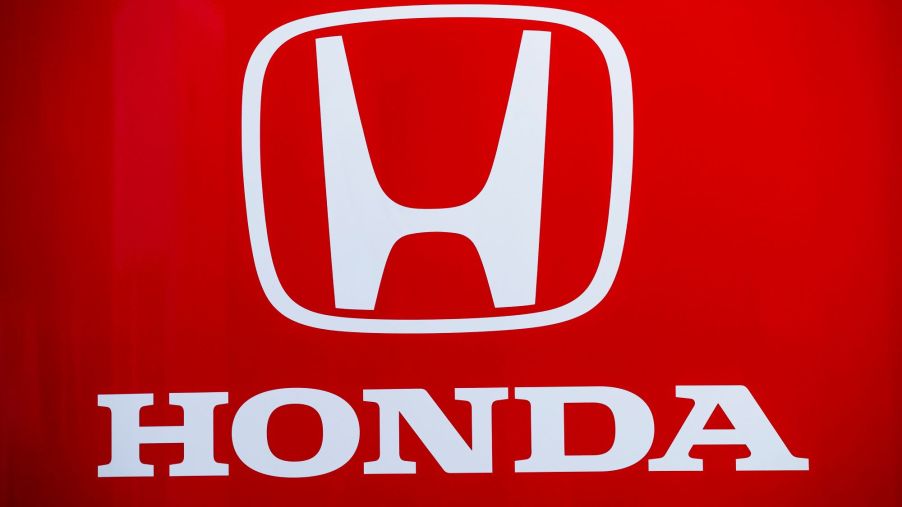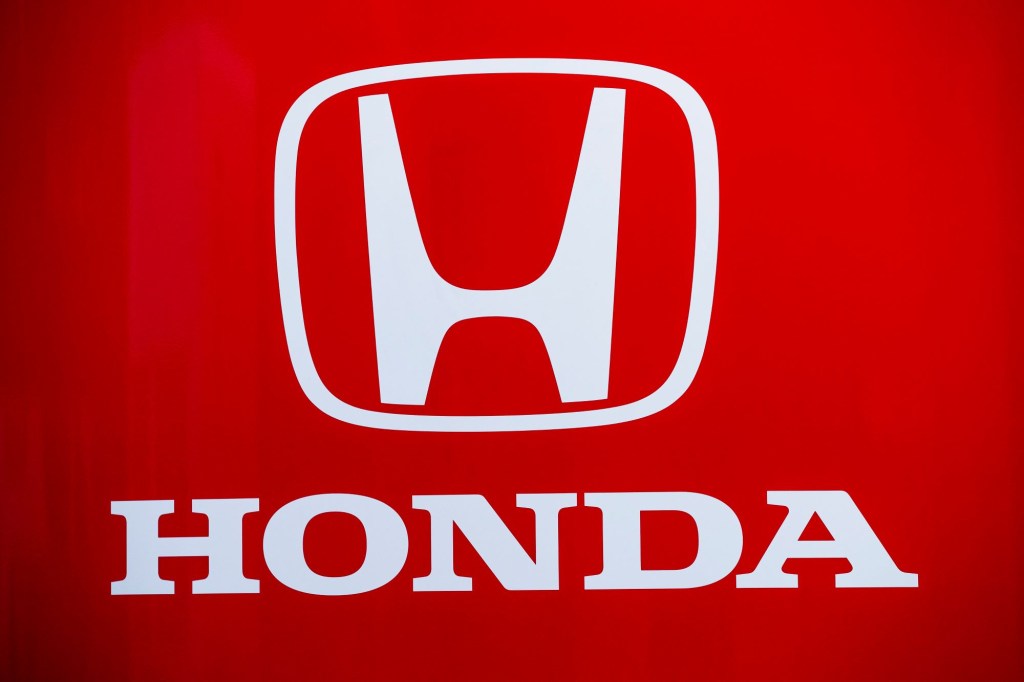
Honda Trains IndyCar Drivers Using HPD Virtual Reality Simulator
Racing is an intense and potentially dangerous sport that requires focus and discipline to be successful and safe as possible. Racecar drivers endure rigorous training and preparation to learn vehicles and tracks. Honda racing has found a new training method to prepare its drivers to provide the best experience for race car drivers.
Honda’s motorsports history

Honda has a storied and lengthy past in motorsports. As Honda HPD details, founder Soichiro Honda first introduced the brand to racing through motorcycles in the late 1950s. After that, Honda joined the inaugural year of Formula 1 racing, winning the Mexico Grand Prix in 1965. Honda then claimed wins across auto racing in Championship Auto Racing Team (CART), the Sports Car Club of America (SCCA), the American Le Mans Series, not to mention the International Motor Sports Association (IMSA) as well as rally leagues.
Honda created its Honda Performance Development (HPD) division in 1993 to specifically create parts and cater to the American motorsports series. The division is a wholly-owned subsidiary of American Honda Motor Co, which handles the research and development of performance engines.
HPD virtual reality simulator
Honda calls the training simulator the Driver-in-the-Loop or DIL, according to Honda Racing News. The simulator replicates the entire track experience for the driver and racing team from environmental factors like temperature to weather situations like wind speed and direction. Based on those factors, the driver can experience tire grip, the aerodynamics of the race car, and test different chassis setups.
Drivers don’t treat this tool as just a toy. They put on their racing gear like gloves and boots for their best performance and climb into the simulator that looks akin to something aerospace pilots might train using. During the immersive experience, drivers see a 180-degree image of the race track and surroundings, feel the vibrations of the track, and hear engine noise that adapts to acceleration and different maneuvers.
This sensorial stimulation makes drivers feel like they are on the track running the race and feeling many of the responses accompanying race day. It’s also a lot cheaper than practicing using the actual racecars in real life, as that involves using fuel, wearing tires called racing slicks, and regular maintenance of the car following running it.
HPD’s recent motorsports achievements
Honda is still breaking records and paving the way for new developments in racing. Among its many racing achievements, Honda celebrated its 10th Honda-powered win at the Indianapolis 500 in 2014. Then in 2017, Takuma Sato became the first Japanese driver to win the Indy 500, thus making history. In addition, Honda entered the Red Bull Global Rallycross by competing with its 10th generation Civic Coupe.
Honda HPD hopes that this new simulator will be an invaluable tool to ensure even more racing success for the company. Honda HPD reports that IndyCar newbie Romain Grosjean utilized the simulator to learn the Indianapolis Motor Speedway track and then, the following day, qualified for the pole position for the Grand Prix of Indianapolis. Since Grosjean’s experience is driving Formula 1 cars, the simulator has helped bridge some gaps.
With such a detailed, fine-tuned track experience, drivers can practice using virtual reality to become familiar with the road courses and peculiarities of the tracks, allowing them to be prepared for the actual events. That familiarity and preparation should translate into wins and even more racing titles across the board.


